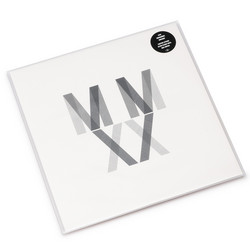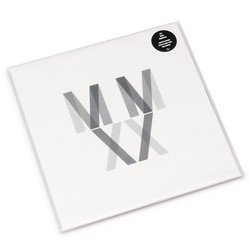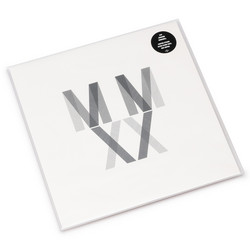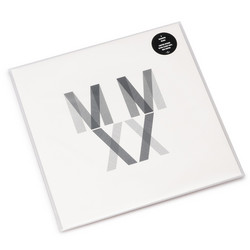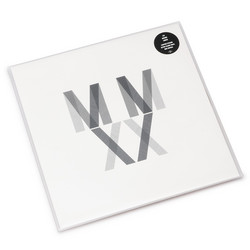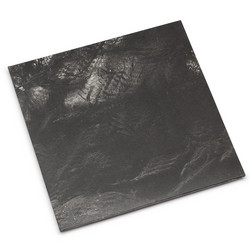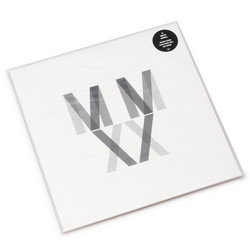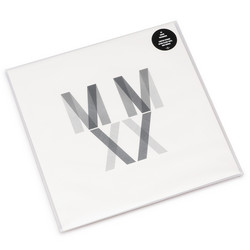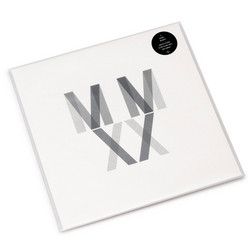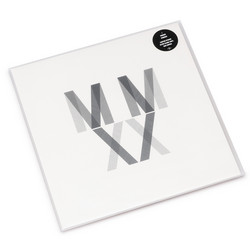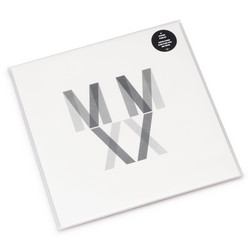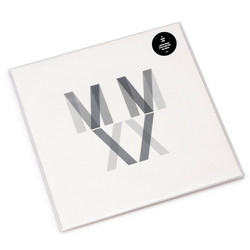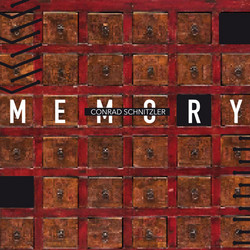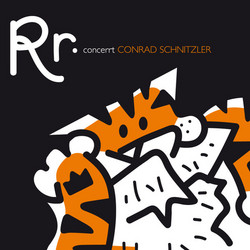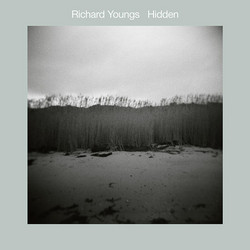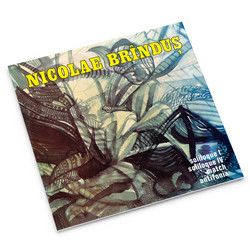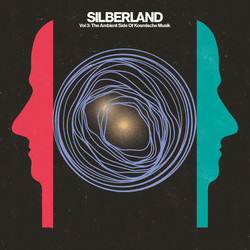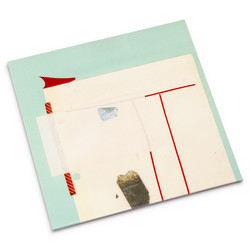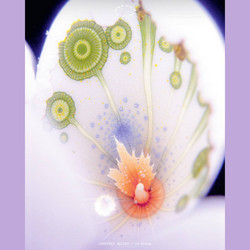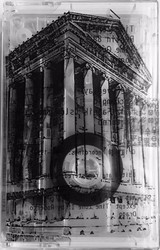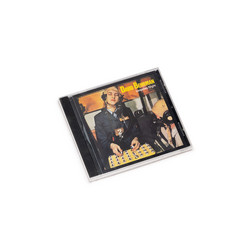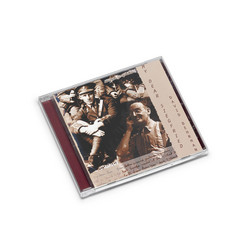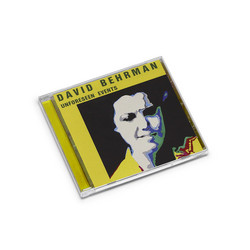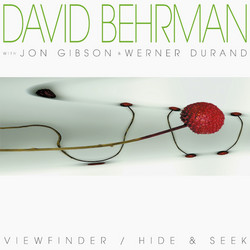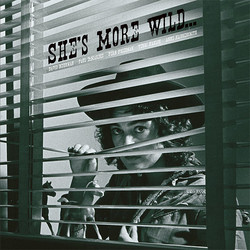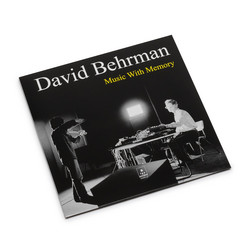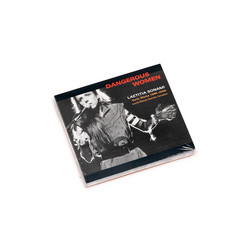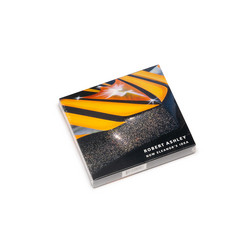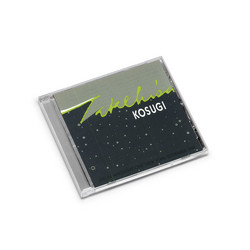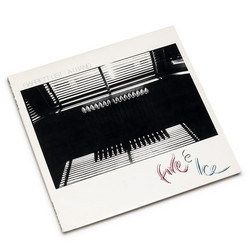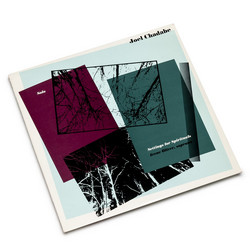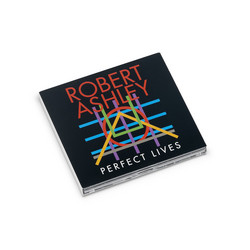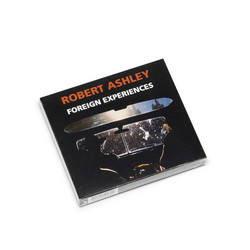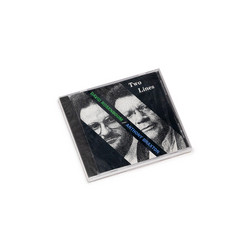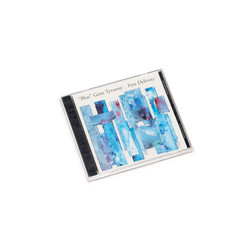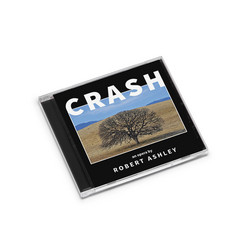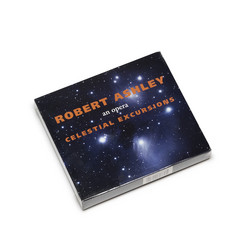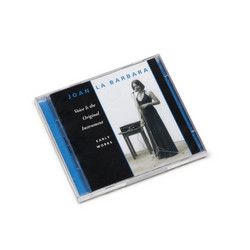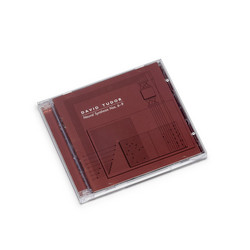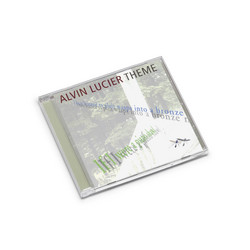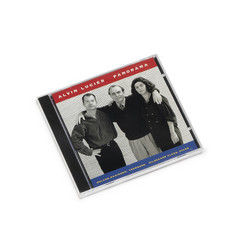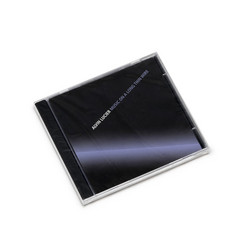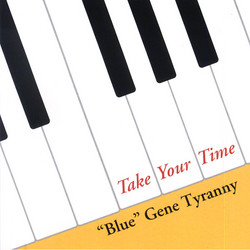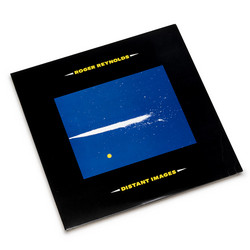Originally released on Lovely Music in 1978 and now available on CD, this essential recording documents David Behrman's groundbreaking exploration of interactive computer-human improvisation—among the earliest works to establish real-time dialogue between musicians and microprocessor systems.
On the Other Ocean is an improvisation by Maggi Payne and Arthur Stidfole centered around six pitches which, when played, activate electronic pitch-sensing circuits connected to the "interrupt" line and input ports of a Kim-1 microcomputer. The microcomputer senses the order and timing in which the six pitches are played and reacts by sending harmony-changing messages to two handmade music synthesizers. The relationship between the two musicians and the computer is genuinely interactive—the computer changes electronically-produced harmonies in response to what the musicians play, while the musicians shape their improvising according to what the computer does. The result is music of remarkable fluidity and timbral richness, where human intuition and algorithmic logic merge into a single organic process.
Figure in a Clearing, made a few months before On the Other Ocean, was the first piece of Behrman's to use a computer for music. For this work, the Kim-1 ran a program which varied the time intervals between chord changes, modelled on the motion of a satellite in falling elliptical orbit about a planet. David Gibson's only "score" was a list of six pitches to be used in performance, and a request that he not speed up when the computer-controlled rhythm did. The timbral richness and concentrated eloquence of his playing sprang entirely from his own sources, a testament to Behrman's compositional philosophy of creating frameworks that allow performers' natural musicality to flourish.
David Behrman was a founding member of the legendary Sonic Arts Union (with Alvin Lucier, Robert Ashley, and Gordon Mumma), the pioneering collective that revolutionized live electronic music in the 1960s and 70s. His work combines rigorous technical innovation with deeply humanistic musical values, using technology not to replace human expression but to extend and amplify it through responsive systems that listen and react.
These pieces represent a watershed moment in electronic music history: the move from pre-programmed tape composition to true real-time interaction between acoustic instruments, synthesizers, and intelligent computer systems. Behrman's handmade circuits and elegantly simple algorithms create musical environments where improvisation and composition, human and machine, become indistinguishable.
The CD includes Behrman's charming and informative booklet notes, offering insight into the technical systems and aesthetic thinking behind these pioneering works. Essential listening for anyone interested in interactive music systems, early computer music, live electronics, or the history of experimental music in America.
Track 1 recorded at the Recording Studio, Center for Contemporary Music, Mills College (Oakland, California), Sept. 18, 1977; Track 2 recorded at the Electronic Music Studio, State University of New York at Albany, June 9, 1977.
